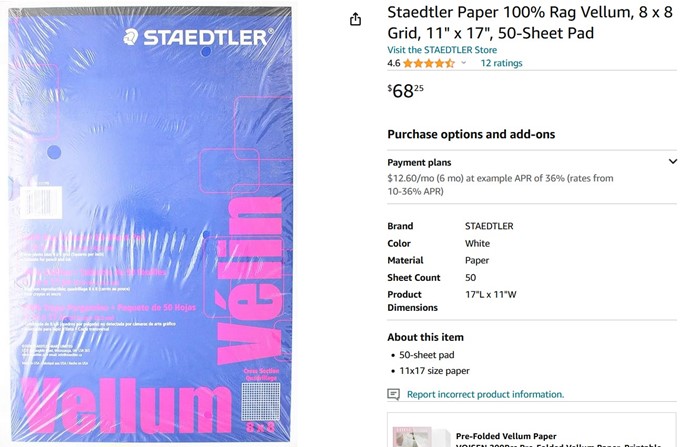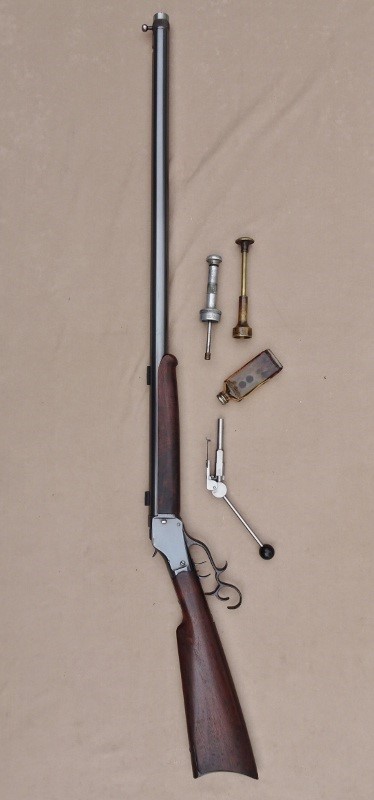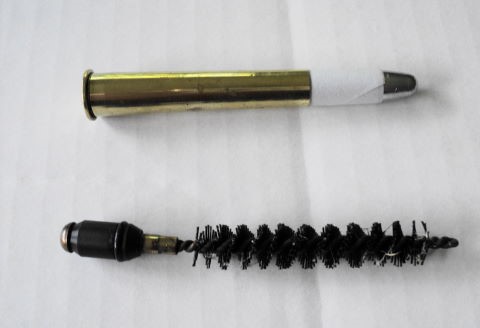Wilderness
posted this
04 November 2023
I find the whole paper patching idea intriguing, and though I have no specific use for it just now, I have tried it a few times, always with success, at least by my standards.
My experiments, such as they have been, concerned using a regular mould to fit a rifle of larger caliber. I recalled an American Rifleman report of someone patching Hornady 500 gn .458" jacketed bullets to run in a .465" or .470" double rifle. This is something of a tangent to the usual discussion of patching.
The first experiment was with a .32-40. Mould was #311407HP, Loverin design casting .314", as soft as possible. The patch was Onion Skin, from a pad of the stuff I still have from when we used to write Air Mail letters on it. Gas check was omitted, with the shank contributing to the neatness of the tail as it was twisted. Patch went about half way up the nose. I rubbed the patch with Castrol LMM grease (because that's what I had) and ran the bullets through the .321" sizer. That hardened everything up nicely. Groups were about 1.5" at 50 meters, but depended on keeping some pressure on the bullet.
The next time I tried it was with some .452" hard cast ACP bullets. i patched them up pretty much the same way (except for sizing) for a friend's .45-70. They shot about 2" at 50 meters, which was plenty for what he was doing with them.
My third try was with #358009HP, .360" hard alloy, patched up to 9.3 mm for the same friend. With something like full power loads in 9.3x62 they reportedly shot "well" in one rifle and poorly in another.
I also had a go at fitting #358009HP to a Marlin 336A Rippletop .35 with .361"+ barrel. I sized the bullet to .354" before patching and got to .362". The experiment went no further than making the bullets.
Not exactly the high precision stuff most people are into, but a handy expedient to have when you don't have the right mould - and it avoids buying gas checks.
















